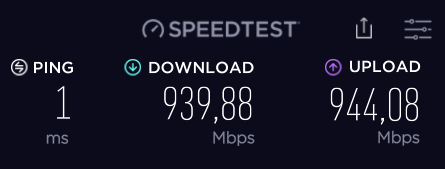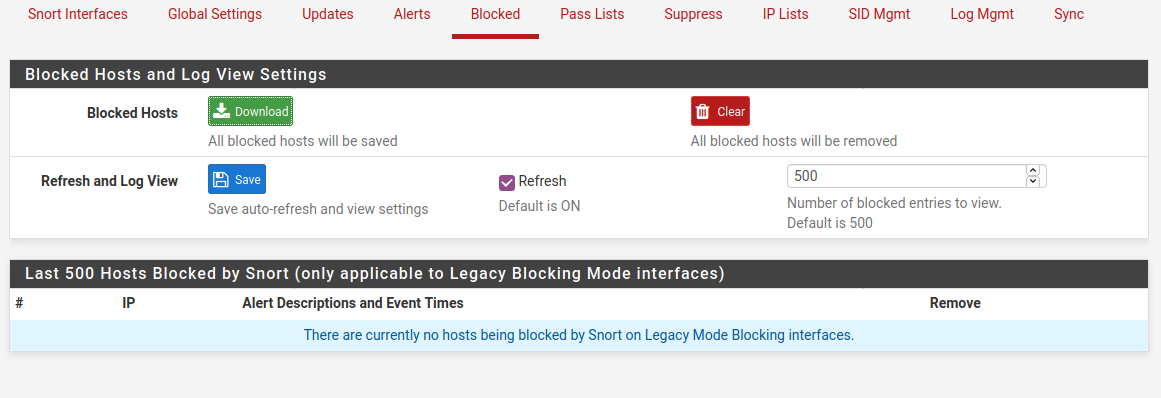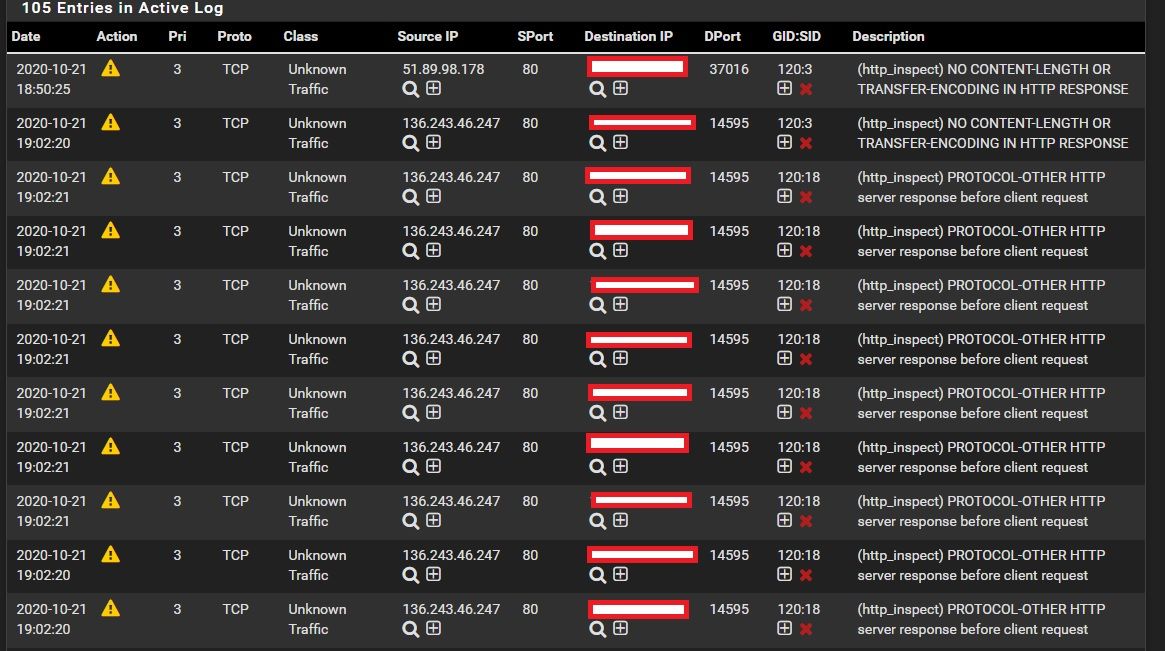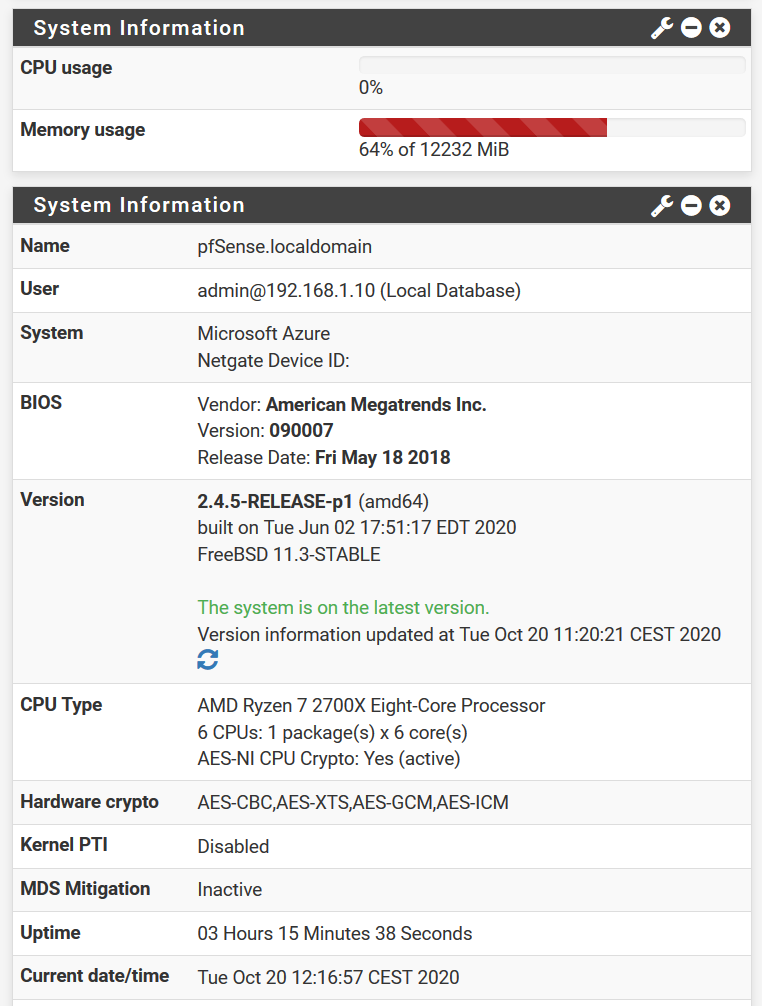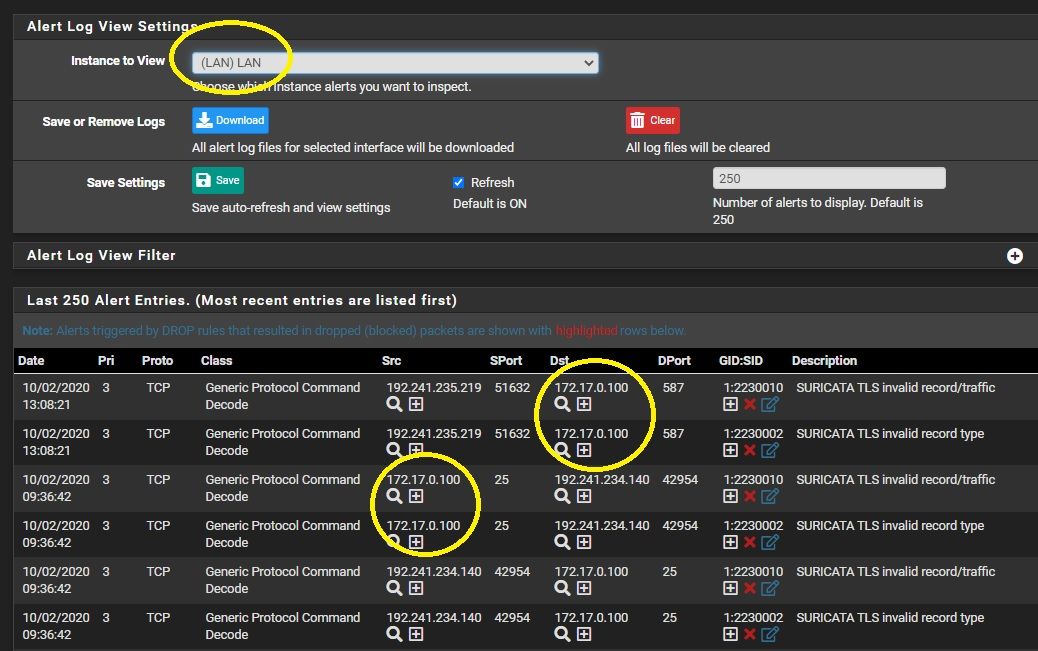@bmeeks said in Overlap Running Multiple Rule Sets?:
@tman222 said in Overlap Running Multiple Rule Sets?:
Thanks @bmeeks. So using a combination of SID Management and IPS Policies I could, for instance, run the IPS Balanced policy but auto-disable some of the categories that are represented if the attack surface is not relevant (e.g. let's say rules pertaining to IIS servers), and then just run the remainder (of the policy rules). Are you aware of a good source that explains the different rule categories? Thanks again.
You would have to disable by GID:SID values instead of categories if you use an IPS policy. Rules in a policy are auto-selected based on policy metadata embedded within each rule. Unless I was really short on RAM, I would not bother with such granularity if using a policy-based approach.
Documentation of everyone's rules, both Snort and Emerging Threats, is basically non-existent. You have to learn to read the rule syntax for yourself and then learn about the various exploits. In short, you have to become a blackhat hacker of a sort so that you fully understand the exploits and how they work, then you learn to use the Snort rule syntax and that combination makes you an IDS security admin. It is a very technical field with few truly qualified folks; and the good ones can command very high compensation.
Thanks @bmeeks - even if using a policy approach, wouldn't disabling a couple thousand rules (if they aren't relevant) help performance since there is less work for the CPU to do? Or am I overestimating the relative impact if the rule set is already quite large (e.g. let's say 10000+ rules).
I think this is a fascinating area and have enjoyed digging into the different categories and rules to try to learn more and optimize my setup. Thanks again for all your help along the way.
